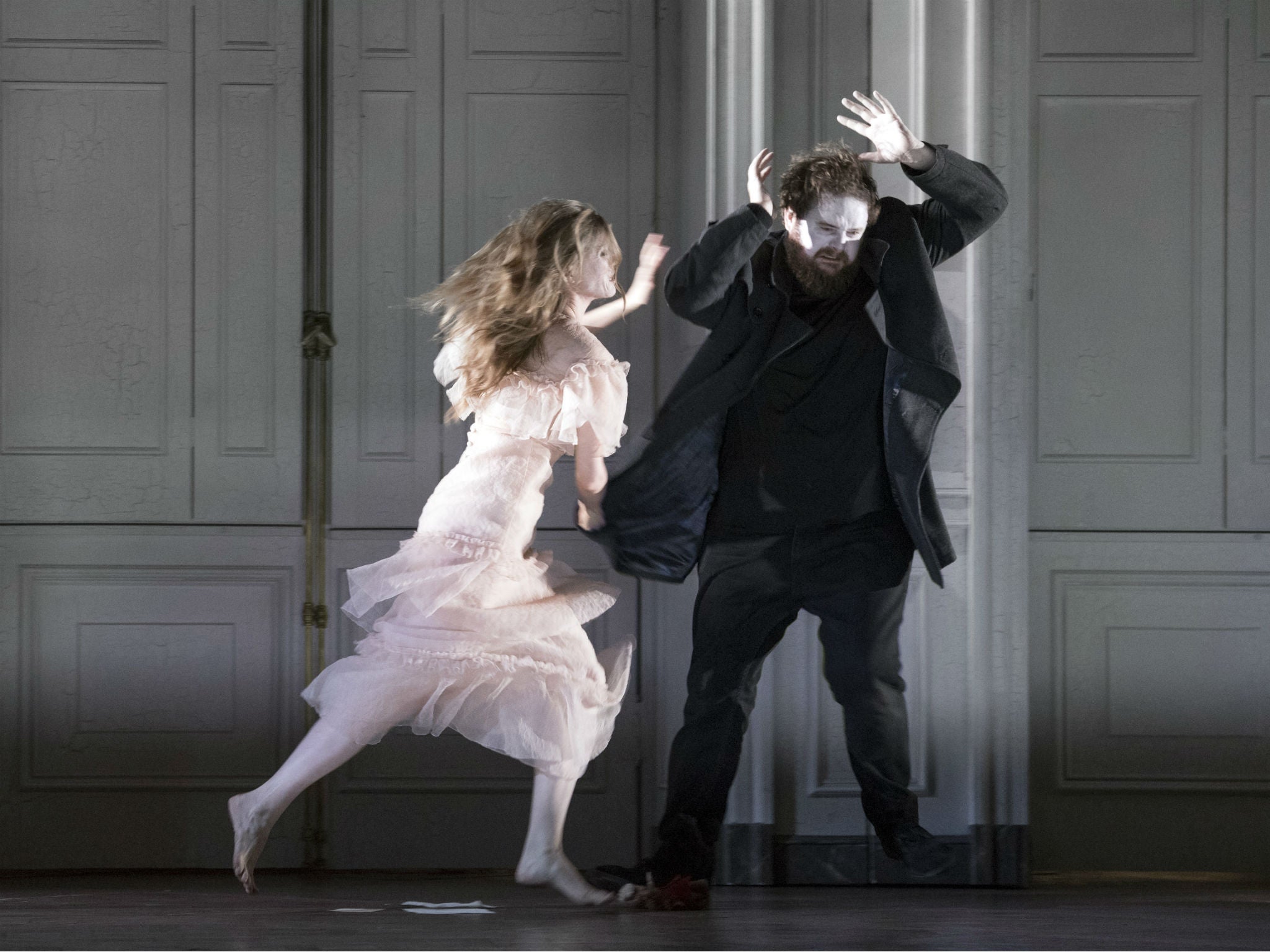Hamlet, Glyndebourne, Lewes, review: Barbara Hannigan everyone’s go-to mad soprano was suitably deranged in Ophelia’s near-naked scene
Brett Dean pulls off his new opera which is based on Shakespeare's best-known tragedy 'Hamlet' for its world premiere at Glyndebourne

It’s mad chutzpah for a composer to take on Hamlet as an opera, but Australian Brett Dean largely pulled it off with a work that greatly pleased at its world premiere for Glyndebourne, who had commissioned it. What Dean has in spades is an absolutely sure touch with drama: how to create it and how it works.
Time and again, the play’s set pieces (Polonius stabbed behind the arras; Hamlet’s confrontation with Gertrude; the grave digger scene) were given altered resonance as Shakespeare’s familiar lines appeared, sometimes reassigned to different speakers, scattered like shards of a broken mirror, refracting differently but no less intensely. Librettist Matthew Jocelyn wisely restricted himself to the bard’s own words.
Dean undoubtedly benefited from a dream cast: Sarah Connolly as a distraught Gertrude, matronly and sexy as she does so well; the great John Tomlinson tripling-up as ghost, grave-digger and first player, adding to the destabilising implication of Hamlet’s psychosis; and the comic turn of Rosencrantz and Guildenstern as twin countertenors. Barbara Hannigan everyone’s go-to mad soprano was suitably deranged in Ophelia’s near-naked mad scene – a disturbing reminder that real madness is profoundly transgressive. Triumphing yet again with his unimpeachable vocal and acting credentials was tenor Allan Clayton as Hamlet. Combined with Glyndebourne’s returning music director Vladimir Jurowski in the pit, it packed a powerful punch.
The score is a never-ending array of arresting effects created by largely conventional forces augmented by some electronic sounds and an accordion. Textures are so closely layered as to be near unison, occasionally exploiting varied locations within the hall. My reservation is that for all the intricate care applied to the instrumentation (fruit of Dean’s decade playing viola in the Berlin Philharmonic), the major motor of the piece remains the wordy libretto rather than any developing musical argument.
Subscribe to Independent Premium to bookmark this article
Want to bookmark your favourite articles and stories to read or reference later? Start your Independent Premium subscription today.

Join our commenting forum
Join thought-provoking conversations, follow other Independent readers and see their replies